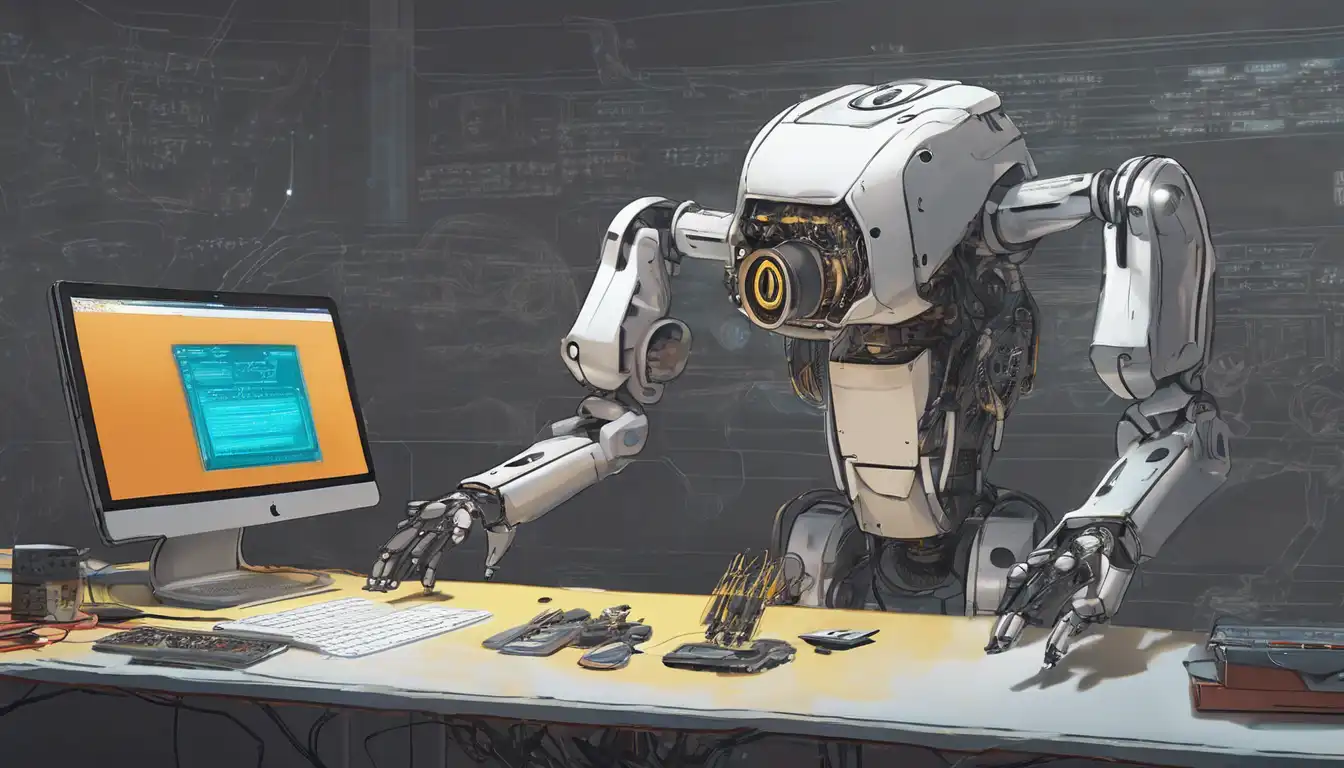Introduction to Robotics Programming
Robotics programming is an exciting field that combines the creativity of software development with the physical world of robots. Whether you're a hobbyist looking to build your first robot or a professional aiming to enhance your skills, this guide will walk you through the basics of getting started with robotics programming.
Understanding the Basics
Before diving into robotics programming, it's essential to understand the core concepts that underpin this field. Robotics involves the design, construction, operation, and use of robots. Programming these robots allows them to perform tasks autonomously or semi-autonomously.
Choosing the Right Tools and Languages
Selecting the appropriate programming language is crucial for robotics development. Popular languages include Python, C++, and Java, each offering unique advantages for different types of robotics projects. Additionally, platforms like Arduino and Raspberry Pi provide accessible entry points for beginners.
Setting Up Your Development Environment
To start programming robots, you'll need to set up a development environment. This includes installing the necessary software, such as IDEs (Integrated Development Environments) and libraries specific to robotics programming. Tools like ROS (Robot Operating System) can also be invaluable for more advanced projects.
Your First Robotics Project
Begin with a simple project to apply what you've learned. A line-following robot or a basic autonomous vehicle are excellent starter projects. These projects will help you grasp the fundamentals of sensors, actuators, and control systems in robotics.
Learning Resources and Communities
There are numerous resources available for aspiring robotics programmers. Online tutorials, forums, and communities like Stack Overflow and GitHub can provide support and inspiration. Don't hesitate to join robotics clubs or attend workshops to connect with like-minded individuals.
Advancing Your Skills
As you become more comfortable with basic robotics programming, consider tackling more complex projects. Exploring areas like machine learning, computer vision, and AI can open up new possibilities for your robotics projects.
Conclusion
Robotics programming is a rewarding field that offers endless opportunities for innovation and creativity. By starting with the basics, choosing the right tools, and engaging with the community, you can build a solid foundation in robotics programming. Remember, the journey of a thousand miles begins with a single step—or in this case, a single line of code.
For more insights into programming and technology, check out our other articles on technology trends and programming tips.
